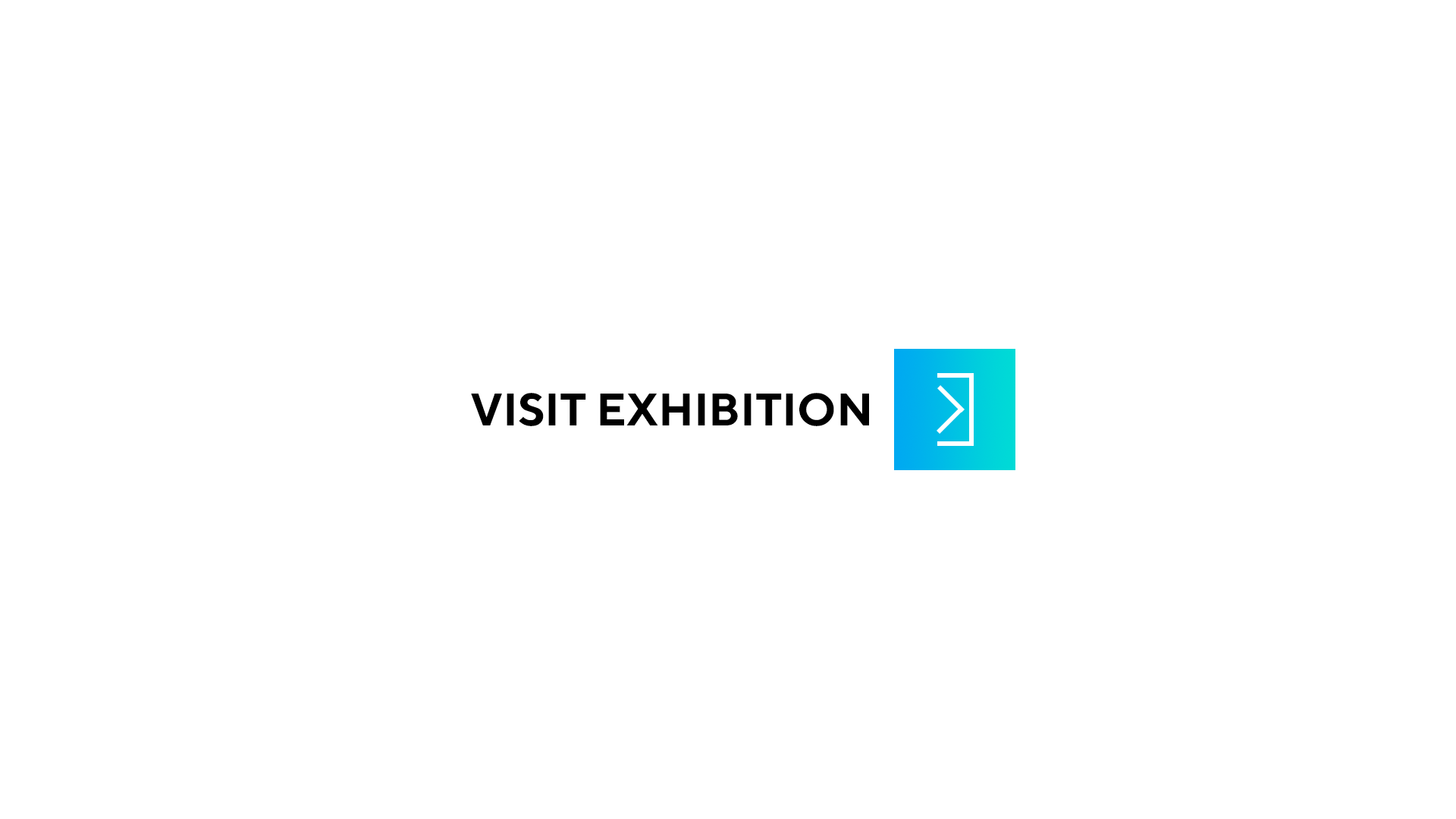

Isack Kousnsky Art Gallery represents the outsider energy of 1980's New York art scene combined with the contemporaries of today. The vision of the gallery is to offer support to established and emerging artists while putting their work in the spotlight. Founder, Isack Kousnsky was part of the art movement in the early 1980's based out of the East Village. He has been dealing the works of various artists for over 20 years.
Isack Kousnsky comes from the art scene in the 1980's East Village. Over time he has transitioned from installation art to painting, followed by photography. He is a well-known artist in the Hampton and New York art community, Isack's work on Oceanscapes, Cityscapes and Nature are highly praised and collected. His works received wide media attention when they were featured in shows and movies, such as Oliver Stone’s Wall Street: Money Never Sleeps.
Isack Kousnsky was born in Haifa, Israel in the nineteen fifties. A member of the first generation born after the Holocaust, Kousnsky came of age in an atmosphere pervaded by angst. By the time he turned eighteen, Kousnsky was drafted into the Israeli military - just as the Egyptian and Syrian armies crossed into the Golan mountains. Having witnessed the destruction left behind by battle, Kousnsky learned a hard lesson in the disastrous consequences of fundamentalism, be they religious or political. These early experiences in Israel are at the core of Kousnsky’s artistic outlook. Seeking peace over war, unity over divisiveness and creativity over commercialism, Kousnsky’s art might be seen as a way for him to heal the world’s ills, large and small. In one part of his art practice, Kousnsky critiques social and political injustice. In the other, he fashions transcendent images of nature and fantastic views of the city meant to jolt us out of our frenzied, urban routines.
Upon moving to New York in the early eighties, Kousnsky joined the burgeoning downtown art scene in the East Village. Kousnsky thrived among the East Village’s cooperative galleries, collectives and alternative spaces. He exhibited at the Now and Sixth Sense galleries and installed a large, public installation, The World, in Tompkins Square Park, one of the East Village’s most iconic sites. In his paintings, sculptures and installations from this period, Kousnsky engaged local and global politics: from tenant’s rights to protests against apartheid. Kousnsky also began to integrate the alternative ethos of the East Village avant-garde into his own practice. In 1987, he founded the Hiro Project, an alternative art venue that functioned as a cafe and exhibition space devoted to painting, sculpture and installation. At the Hiro Project, Kousnsky curated one of the largest exhibitions of the era, including artists as diverse as Salvador, Rosilio and Keith Haring.
In 1989, Kousnsky returned to Israel and founded another alternative space, The Hurva or The Ruin. Located in Haifa, a city suffering from political repression and a lack of institutional support for the arts, The Hurva was more than just an exhibition space. A kind of temple for art, The Hurva provided a much needed center for Haifa’s growing arts community. Spanning three floors and over 15,000 square feet, The Hurva hosted installations and performances as well as more traditional exhibitions of painting and sculpture.
In 1991, Kousnsky produced and exhibited a multi-media installation, Political Confusion: Black Milk at The Hurva. The exhibition was timed to coincide with the Madrid Peace Conference, the first public effort to negotiate a peace process between Israel, Palestine and their neighbors. This two-part installation evoked two sides of the political conflict. In the first room, the fate of the victims took center stage. The distorted, glowing face of a child fed milk through a syringe was repeated to haunting effect throughout a reconstruction of a war-torn room. In the second part of the installation, portraits of politicians involved in deciding the future of the Middle East hung on the walls. The roughly painted images verged on caricature, leading the viewer to question the trustworthiness of these powerful decision-makers. According to David Ross, then-director of the Whitney Museum, “ BLACK MILK, looks strong indeed- its message is a provocative one.”
Even as he continues to explore natural imagery in his work, Kousnsky is still involved in battling social and political injustice. His 2009 series of Haiti photographs depict the economic hardships faced by Haitians prior to the 2010 earthquake. These images of the ad hoc marketplaces in Port-au-Prince portray the resilience and resourcefulness of the Haitian citizens, despite their position at the bottom of the economic ladder. Further, in his recent photographs of a baby humpback whale on the shore of Easthampton, Long Island, Kousnsky has returned to his activist roots. Made in protest against the forced euthanization of the sick whale, the photographs depict the majestic animal as the victim of our contemporary, morbid fascination with death as entertainment.
In addition to championing local and global causes, Kousnsky supports the work of local artists. His collection includes numerous examples of work by Bokov, a Russian assemblage artist and of Matthew Courtney, a painter who reflects upon urban life through a spare, graphic style.
His work can be found in numerous collections throughout the United States, Europe and Asia. Kousnsky’s exhibition history includes: AIDS Benefit, Gen Art hosted by Vanity Fair, Art Tribune’s Artist of the Month, Smell The Roses at the Boca Raton Museum of Art, The Bronx Zoo, DNA Gallery and March Ozone Gallery.
Learn more about the gallery at : https://www.artsy.net/iaz-art-gallery










